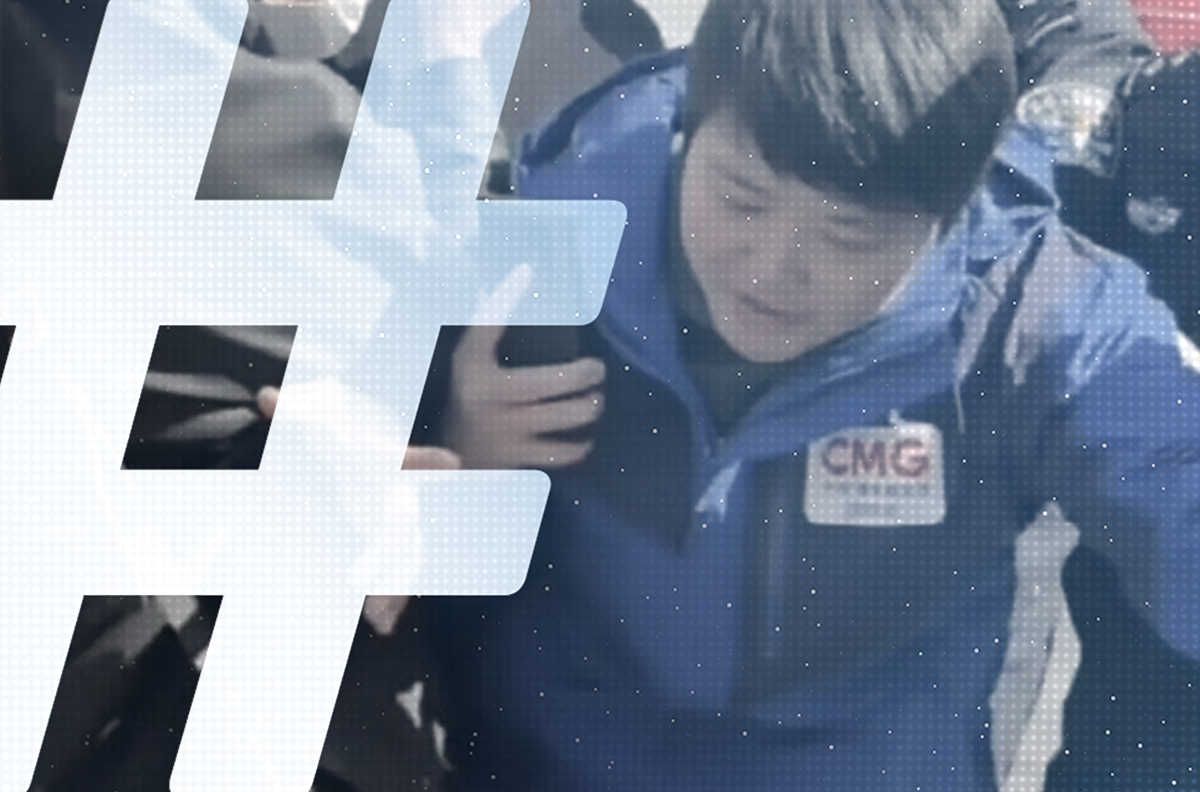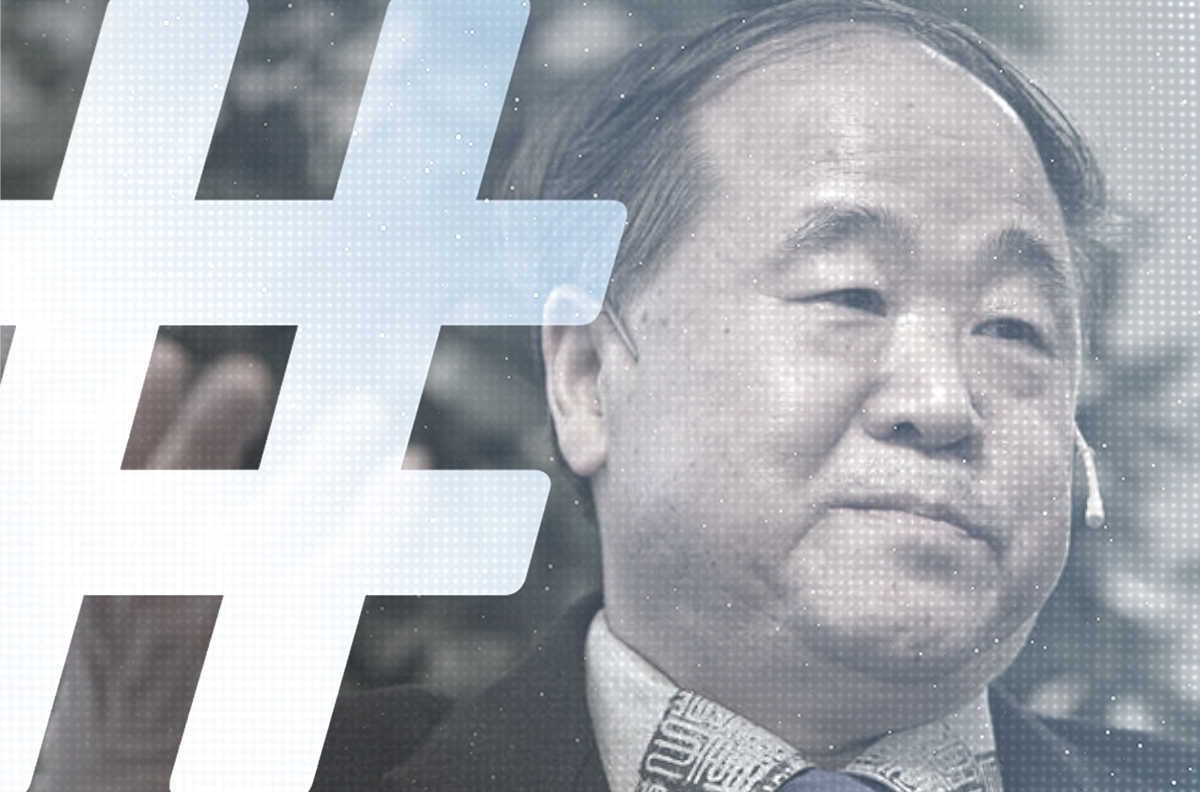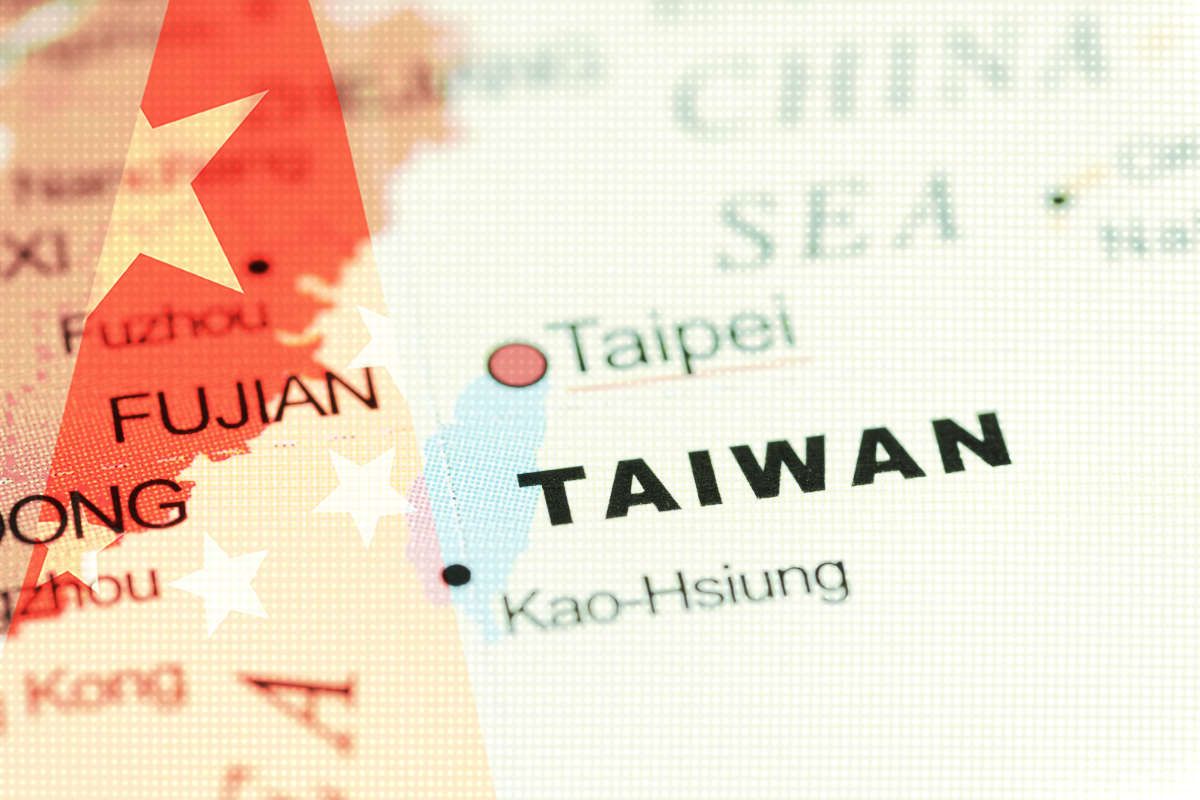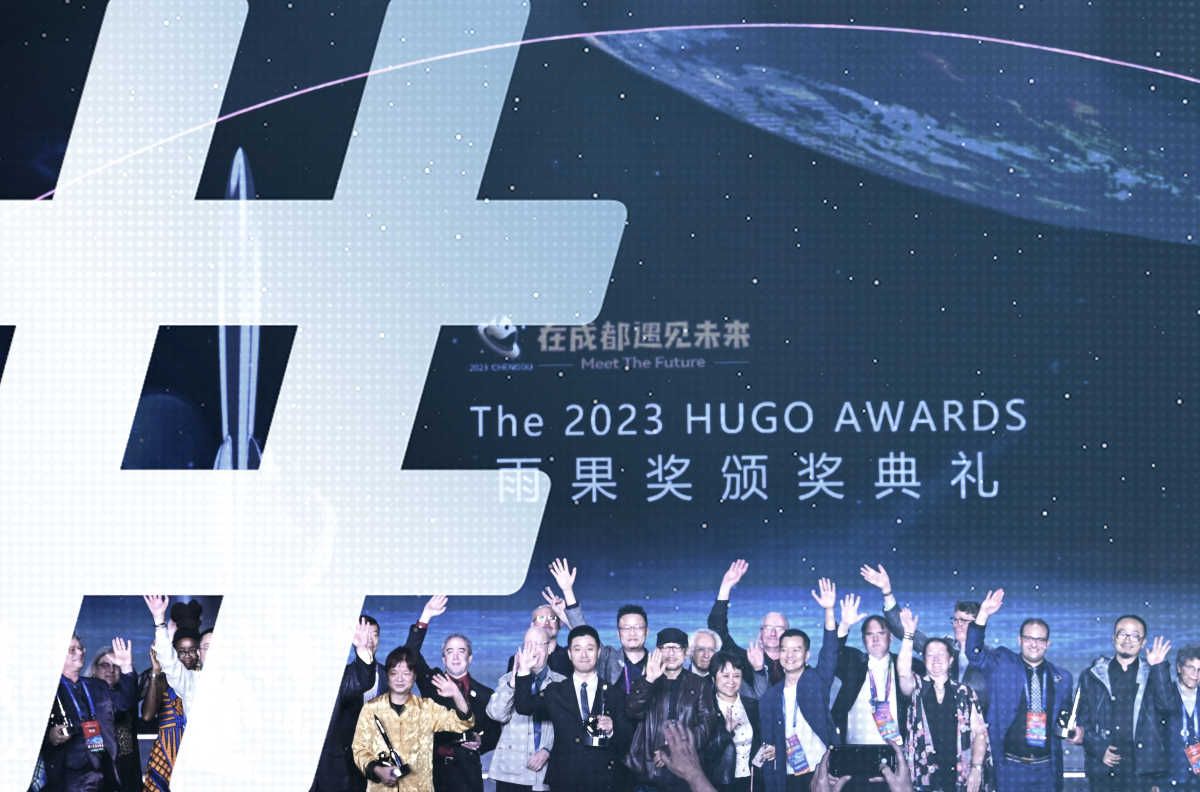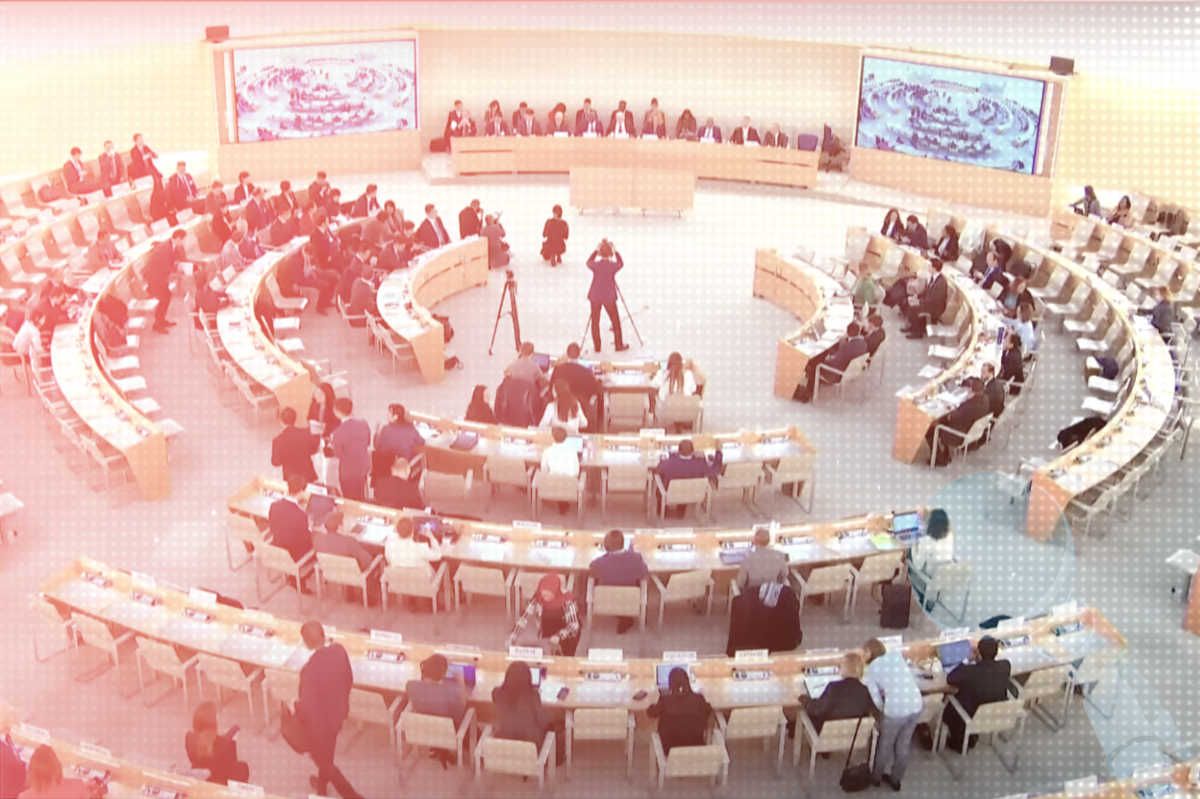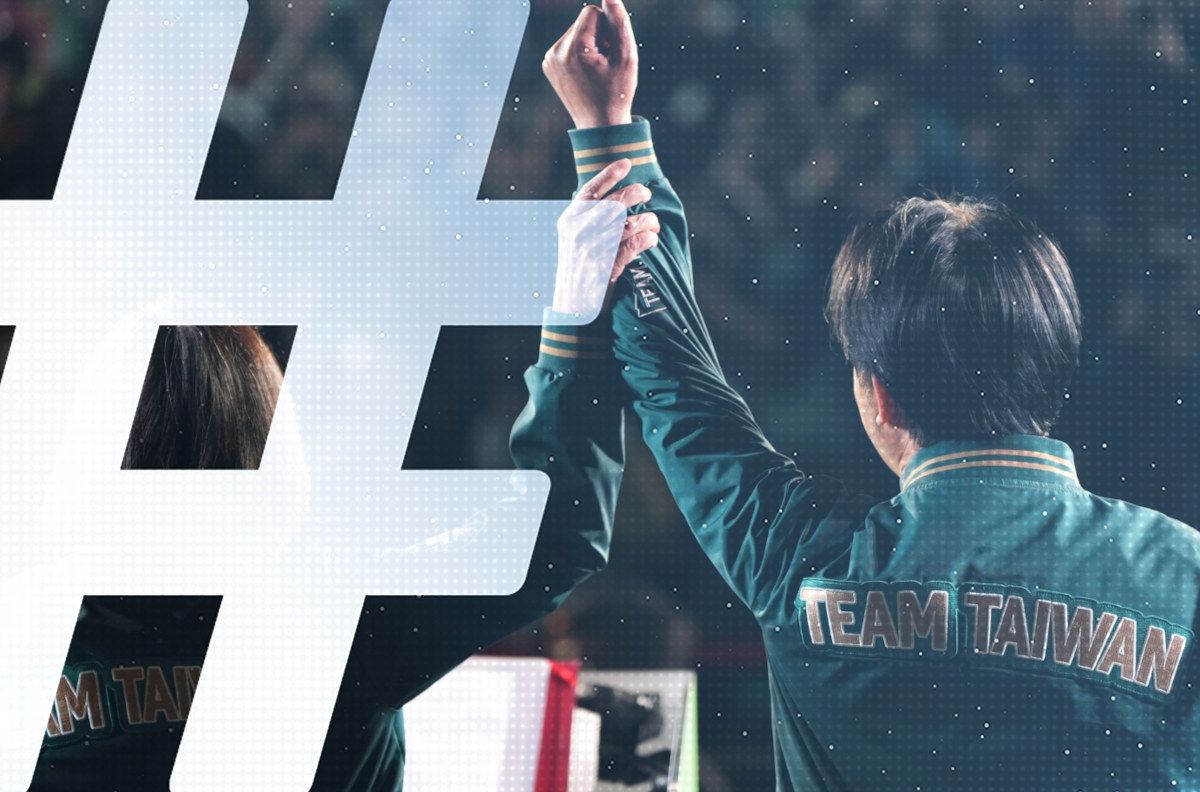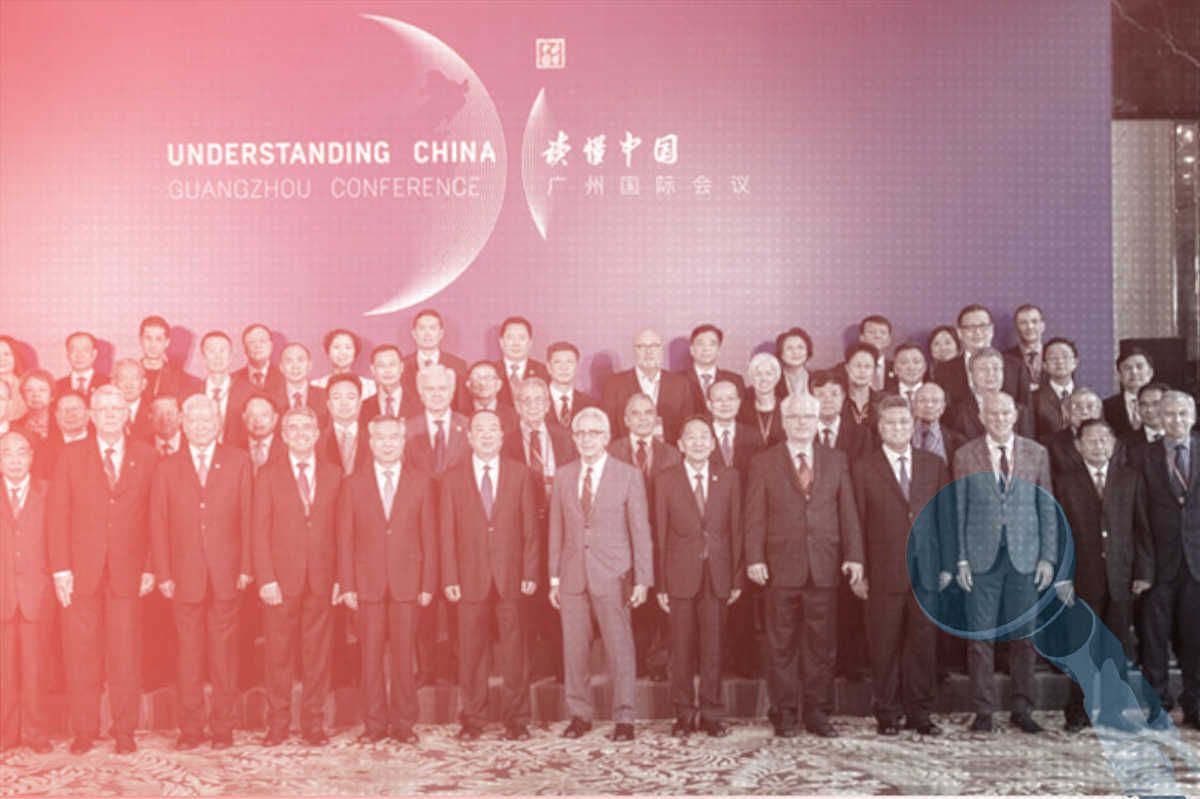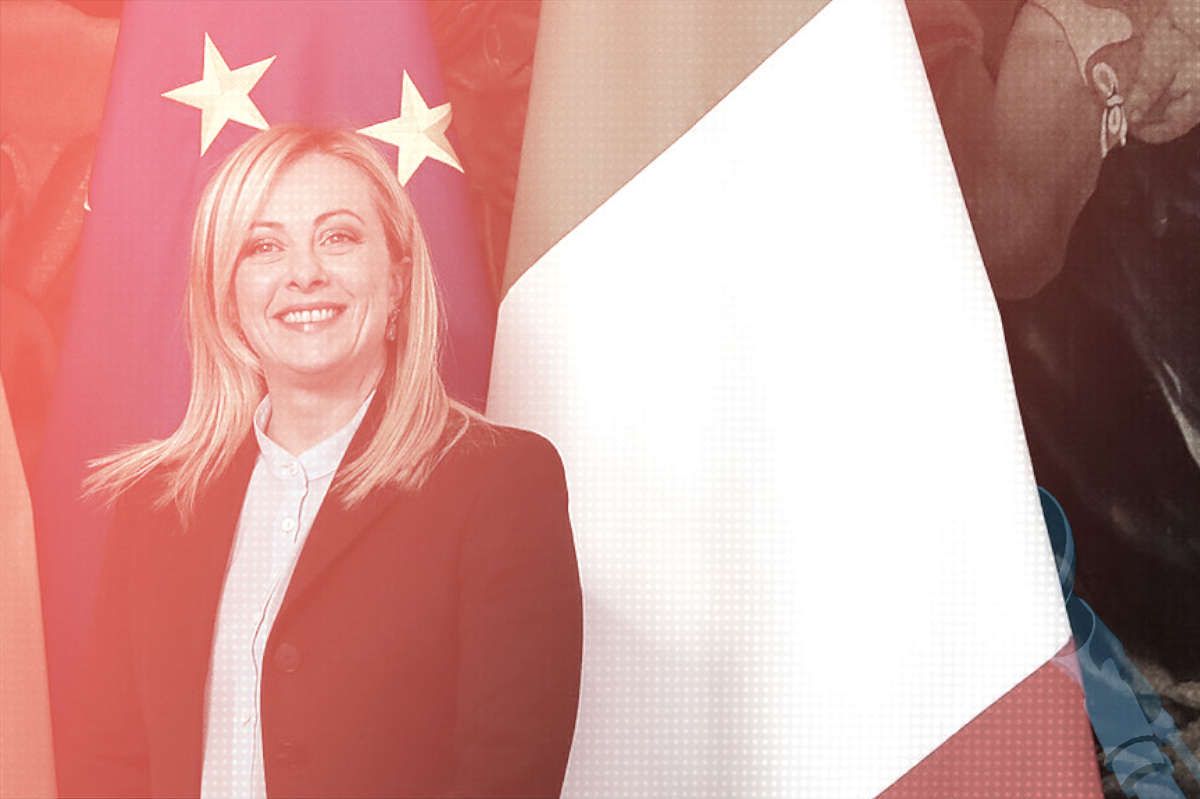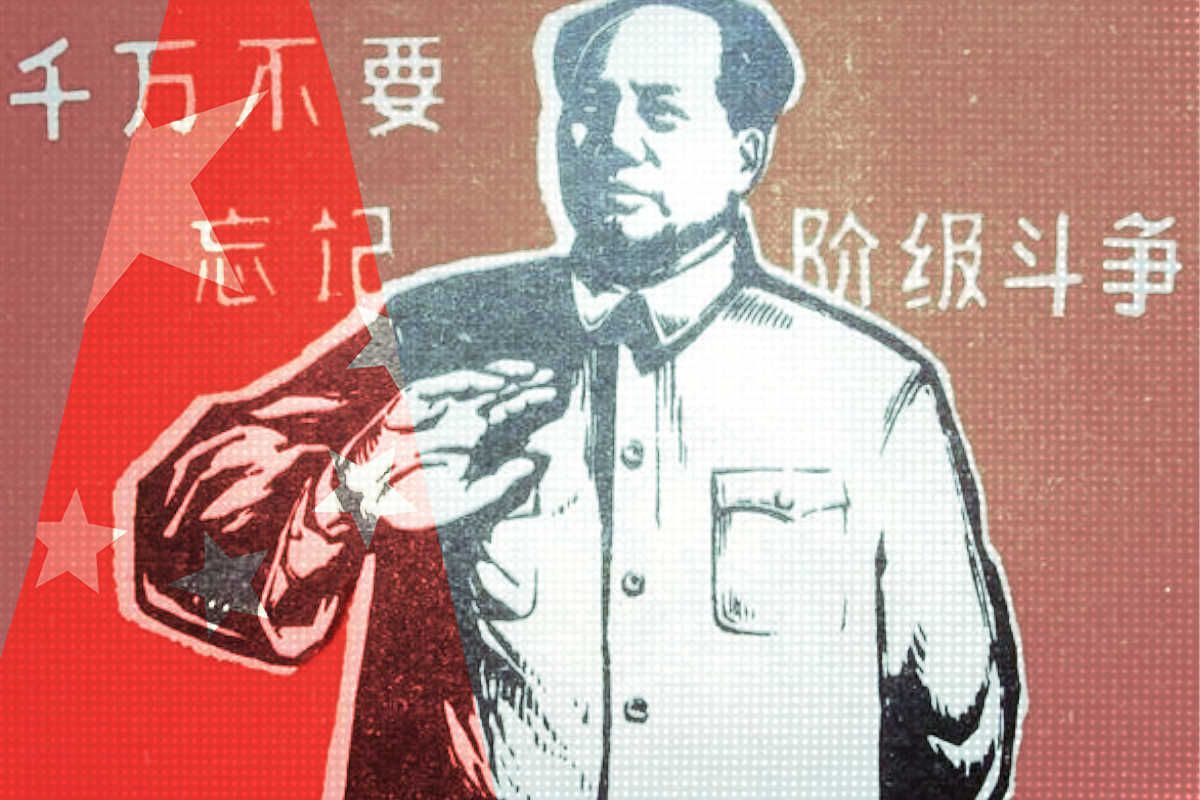
European Union flags fly from a building in Brussels. Image by Matt May available at Flickr.com under CC license.
Politico reported this week that China Media Group (CMG), the state media super-conglomerate created in March 2018 through the merger of three major media groups, including China Central Television, China National Radio and China Radio International, is now planning to open a European office in Brussels. CMG, which is also known as “Voice of China” (中国之声), has been portrayed by state media sources as a key step in “advancing [China’s] international transmission capacity and telling China’s story well,” both demands that Xi Jinping made in his political report to the 19th National Congress of the CCP in October 2017.
The establishment of the Brussels office almost certainly signals China’s intention to bolster its media presence and deployment of CCP narratives in Europe, and perhaps to seek partnerships that can help to advance coverage in the region that is favorable to China’s interests. The move comes as the CGTN, part of the group, faces possible sanctions in the UK over its broadcasting in 2013 of a forced confession by British national Peter Humphrey.
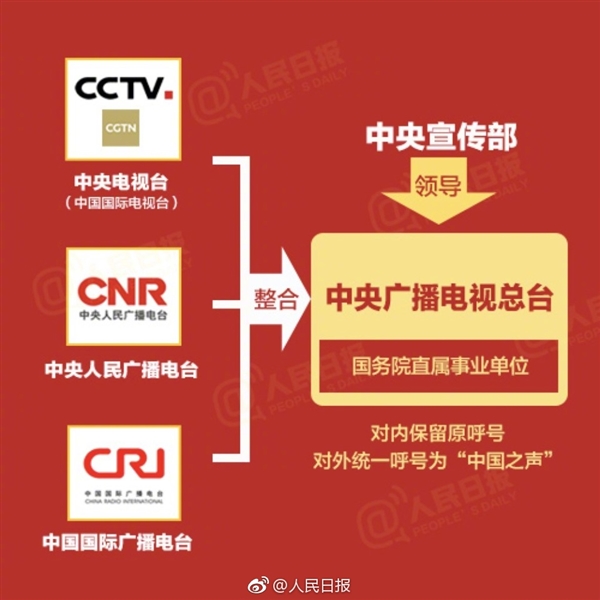
So it seems that the “China story” could soon be broadcast loudly from the CMG headquarters in Brussels. What does it mean to “tell China’s story”?
One of the clearest definitions of Xi’s phrase, which is not about Chinese voices but rather about national discourse power, came in an article written for the People’s Daily by Xu Shana (徐姗娜), head of the Fujian provincial section of the All-China Women’s Federation. In her article, “Strengthening Agenda Setting, Telling the China Story Well” (加强议题设置 讲好中国故事), Xu breaks “China’s story” down into four aspects.
The Party
First, and this should not surprise, comes the Chinese Communist Party. Xu begins by explaining that “the core of telling ‘China’s story’ is the ‘story of the Chinese Communist Party, and the crux of telling the story of the Chinese Communist Party well is properly explaining why the CCP ‘can’.” The point here is that the CCP must be portrayed as pre-eminently competent. This fits with the foreign and domestic propaganda we have seen from China this year, emphasizing the CCP’s leadership of the effort against COVID-19, and even the superiority of China’s political system in grappling with the crisis.
Xu writes:
We must scientifically set up issues around why the Chinese Communist Party ‘can,’ in this way fully demonstrating the Chinese Communist Party’s political wisdom, its sense of responsibility about its mission, the care it shows for the people, and how its experiences can provide lessons for political parties in developing countries.
Stories in the media, Xu adds, must “clearly speak to why history and the people would choose the Chinese Communist Party, showing the political advantages of adhering to the leadership of the Party.”
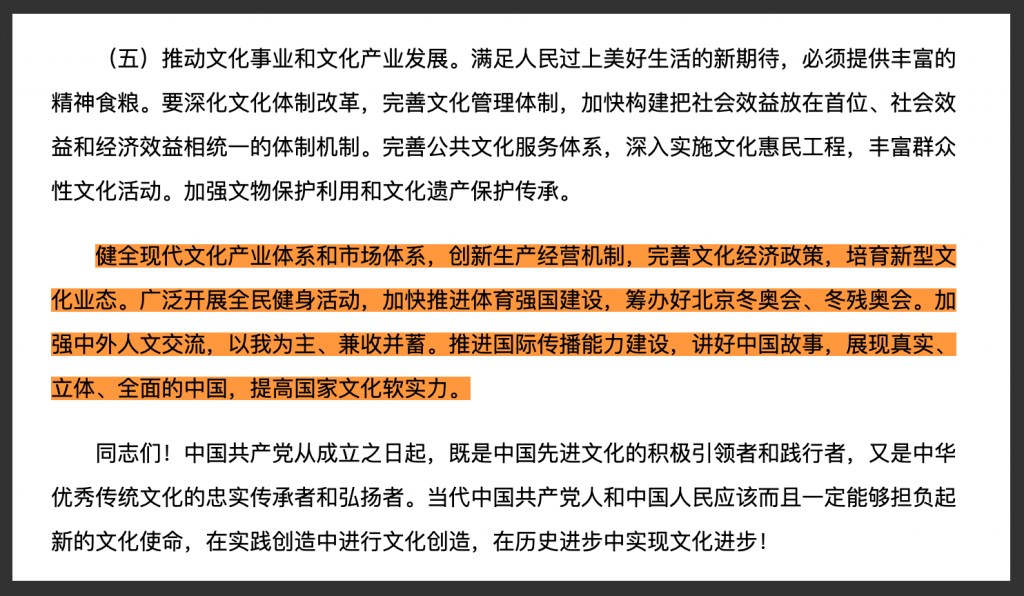
The Dream
Next, telling China’s story well means telling stories about “the struggle of the Chinese people to fulfil their dream.” This, of course, is not at all about personal aspirations, but rather about Xi Jinping’s so-called “Chinese dream” of the “great rejuvenation of the Chinese people.” It is wrapped up with nationalistic notions of China’s inevitable return to the center of the global stage, and its newfound prosperity and strength.
Xu writes:
Telling the Chinese dream well is about [conveying] the dream of national prosperity, national rejuvenation, and the happiness of the people, showing the essential content of the Chinese dream. To tell the Chinese dream comprehensively and accurately it is necessary to make it clear that the essential content of the Chinese dream is the prosperity of the country, the revitalization of the nation, and the happiness of the people.
But if telling China’s story well is about “soft power” – Nye’s term that China’s has appropriated, and reinterpreted, in official documents since the 2007 CCP National Congress – how do such nationalistic aspirations speak to foreign audiences? Isn’t this just “China First”? Xu suggests that the story of the “great struggle of the Chinese people” (中华民族的伟大奋斗精神) has resonance for other countries, because it is also, she says, “a dream of peace, development, cooperation and win-win.” The logic here, at the heart of China’s foreign policy thinking around such phrases as “community of common destiny for mankind” (人类命运共同体), is that China’s ascendance enmeshes it more deeply with the world in ways that benefit all.
This is where the Belt and Road Initiative, Chinese investment and Chinese aid come into the picture, though these of course have generated a great deal of opposition in recent years as “an unsettling extension of China’s rising power,” as clearly evidenced by ongoing US-China tensions and by the changing debate in Europe. For China, building a global media presence through the China Media Group and other players is about combatting such reservations and smoothing the way for Chinese engagement, as much as possible on China’s terms. And in Xu’s discussion of the “Chinese dream” we can also detect a strong whiff of what has been called “wolf warrior diplomacy,” or zhanlang waijiao (战狼外交), the readiness to be tough and raise China’s hackles over what are seen as counter-narratives:
We must actively set a positive agenda and a counter-agenda, actively showing our swords, eliminating misunderstanding, speaking clearly from a historical perspective about how certain Western hegemonic countries are self-interested, hypocritical and cold-blooded. [We must] make it clear that no matter how far China develops, it is always a builder of world peace.
In this passage we can note a clear disconnect that runs through Chinese diplomacy, and at least partly explains the difficulties Foreign Minister Wang Yi had on his recent trip to Europe. China’s attitude toward partners in the West has seesawed from friendly overtures about “win-win” and “cooperation,” to aggressive displays of intractability that underscore fundamental gaps in core values. Xu’s language, intended for an internal Party audience, is in a sense more honest – making clear that undermining the credibility of the “hypocritical and cold-blooded” West is an ongoing strategy.
The Culture
Moving on, Xu highlights the importance of using “China’s excellent traditional culture” as a means to convey the “true,” the “good” and the “beautiful” of China in the world. Here we get the usual language about traditional culture as “China’s deepest source of cultural soft power” (最深厚的文化软实力). There is little else to say here, except to observe that this is another aspect on which the CCP’s policies could be said to show incredible short-sightedness. The focus on “traditional culture” smacks of the sort of narrowness that has characterized much of China’s cultural diplomacy for decades, which has focussed on “art troupes” and colorful performances that lend, as I wrote five years ago, a “circus quality” to China’s outreach activities.
These criticisms have, on rare occasions, been made by people within China’s cultural diplomacy apparatus, as they were in 2015 by Zhou Hong (周虹), the director of the Cultural Division of the Overseas Chinese Affairs Office of the State Council. “The belief that culture equals the arts means that overseas performances are almost without exception arts troupes,” Zhou wrote, “giving foreigners the impression that Chinese culture is all about singing and dancing.” Moreover, he said, the “habitual reliance on government planning and financing” for such programs overseas, which have a “thick government tint,” invites “suspicion and resentment.”
Behind Zhou’s cautious criticisms is a key point of weakness in China’s efforts to manufacture “soft power” – the failure, and the inability given political restrictions at home, to harness the strength of civil society. Now, more than ever, more even than was true in 2015, China equals the CCP. And the CCP is not itself revered as a cultural phenomenon.
Win-Win Cooperation
In the last section of her article, Xu address the fourth and final aspect of “telling China’s story,” which readers will recognize for its overlap the Chinese dream. Here again the talk is about convincing the world that China’s rise is peaceful, and that its fundamental interest is to build a “community of common destiny for mankind” in which all countries and peoples can benefit. To do this, Chinese media and exchange initiatives must “break through” the notion, which Xu associates with the West and the proponents of the “China Threat Theory” (中国威胁论), that “countries that strengthen must seek hegemony” (国强必霸).
While the section on the Chinese dream was primarily about a domestically focused aspect of “telling China’s story,” hinting that the rise of the Chinese people is a story that can be shared by all, it is this section that concretely mentions the Belt and Road Initiative, which Xu says, with a tone-deafness that now seems prerequisite in Chinese officialdom, has “received widespread enthusiastic responses from countries along the route.”
China’s tasks here are two-fold: to break through the “anti-Chinese politicians and media in the West,” and to showcase China as a successful model that can be admired, and perhaps emulated, by the world. Xu writes:
Talking about the concept of a community of common destiny for mankind, we can set agendas around the solution for the global governance crisis, clarifying the practical and effective “Chinese solutions” that China today offers for world development, showing the world China’s wisdom as a major power and its [warm] feelings for the world.
Will the “China story” as outlined above actually translate? Keep your eyes on Brussels.





